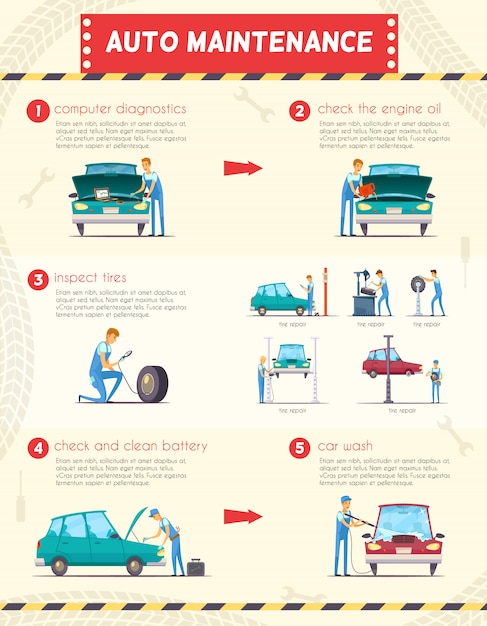Evaluating Your Car'S Caution Indicators: What They Truly Share
Evaluating Your Car'S Caution Indicators: What They Truly Share
Blog Article
Material Develop By-Lim Shepherd
When you lag the wheel, those beautiful warning lights on your dashboard can be a little bit puzzling. Do you understand what they're trying to inform you about your car's wellness? Understanding the relevance of these lights is crucial for your security and the longevity of your lorry. So, the next time one of those lights appears, wouldn't you want to understand its message accurately and take the needed actions to address it?
Common Warning Lighting and Interpretations
Recognize common warning lights in your auto and comprehend their significances to make sure secure driving.
The most normal caution lights consist of the check engine light, which signals problems with the engine or exhausts system. If this light begins, it's crucial to have your lorry inspected without delay.
The oil stress cautioning light indicates reduced oil stress, requiring immediate interest to avoid engine damage.
A blinking battery light could suggest a defective charging system, potentially leaving you stranded if not addressed.
cargroomingproductsnz (TPMS) light notifies you to low tire pressure, impacting car security and fuel efficiency. Overlooking this might bring about risky driving problems.
The abdominal muscle light indicates a trouble with the anti-lock braking system, endangering your ability to stop promptly in emergencies.
Lastly, try this out cautioning light warns of engine getting too hot, which can cause extreme damages if not resolved swiftly.
Comprehending these typical warning lights will certainly help you resolve issues quickly and keep safe driving conditions.
Value of Prompt Interest
Understanding the usual warning lights in your automobile is only the first step; the relevance of immediately dealing with these warnings can not be stressed sufficient to guarantee your safety and security when traveling.
When a caution light illuminates on your control panel, it's your vehicle's way of communicating a possible concern that requires attention. Neglecting these warnings can lead to more severe issues down the road, compromising your safety and potentially costing you much more in repairs.
Trigger attention to cautioning lights can prevent malfunctions and accidents. For instance, a flashing check engine light might show a misfire that, if left neglected, could create damages to the catalytic converter. Addressing this quickly can save you from a costly repair service.
In a similar way, a brake system cautioning light might signify reduced brake liquid or used brake pads, crucial components for your safety when driving.
DIY Troubleshooting Tips
If you observe a warning light on your control panel, there are a few DIY fixing suggestions you can attempt prior to looking for professional aid.
The initial step is to consult your auto's guidebook to comprehend what the details caution light indicates. Sometimes the concern can be as straightforward as a loose gas cap setting off the check engine light. Tightening up the gas cap might resolve the problem.
An additional typical issue is a reduced battery, which can trigger numerous warning lights. Inspecting the battery connections for rust and ensuring they're safe and secure could take care of the trouble.
If a caution light persists, you can attempt resetting it by detaching the vehicle's battery for a couple of mins and then reconnecting it. Furthermore, inspecting your car's fluid levels, such as oil, coolant, and brake liquid, can assist repair alerting lights associated with these systems.
Verdict
To conclude, understanding your car's warning lights is necessary for maintaining your lorry running efficiently and securely. By promptly addressing these signals and recognizing what they indicate, you can prevent pricey fixings and prospective break downs.
Bear in mind to consult your vehicle's manual for particular information on each alerting light and take action appropriately to make certain a hassle-free driving experience.
Stay notified, stay safe when driving!
